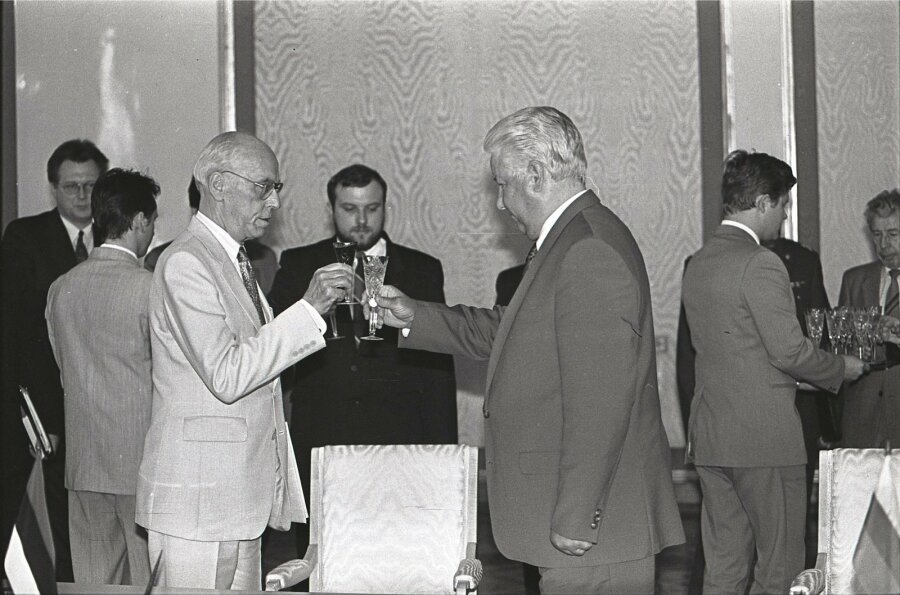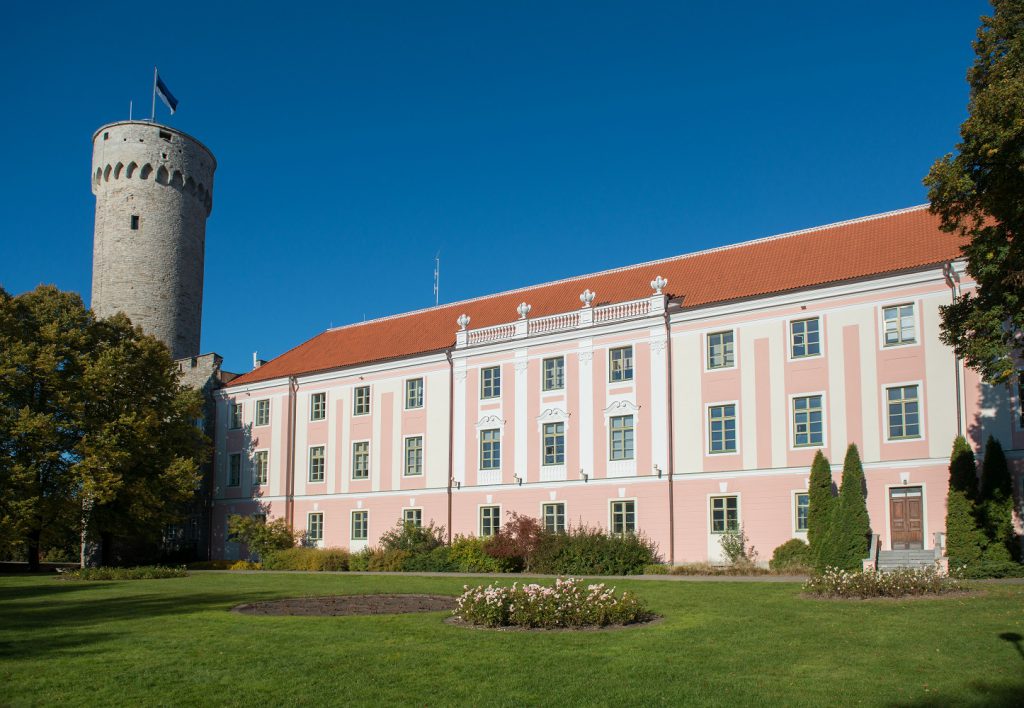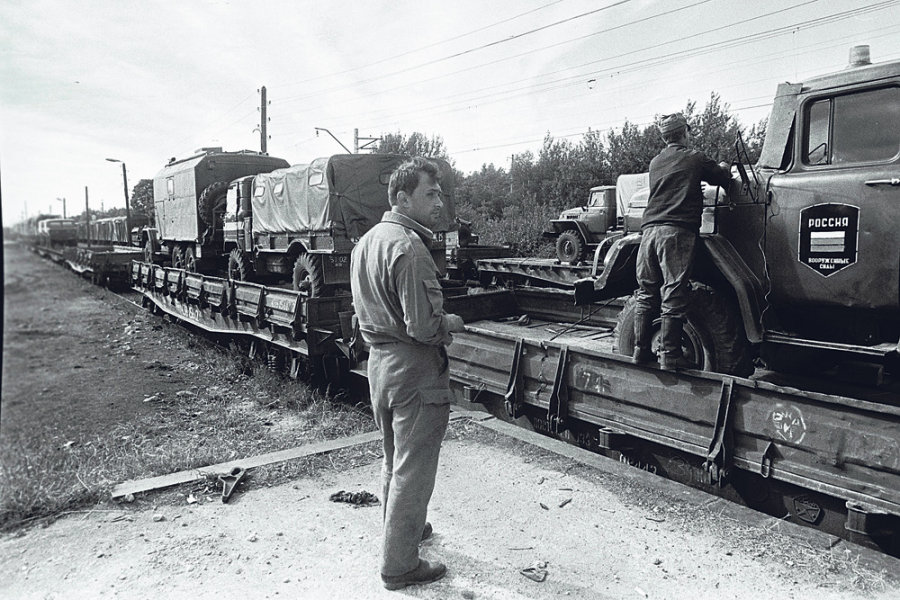31 August marks 25 years since the last Soviet – or Russian, as the Soviet Union ceased to exist in December 1991 – troops left Estonia, marking the completion of the restoration of independence of the country following the Soviet occupation.
When the Soviet Union occupied Estonia in June 1940, it positioned a number of its troops in the country. The brief first Soviet occupation was followed by Nazi Germany entering the country in 1941, an occupation that lasted for three years. After the German troops, facing the inevitable loss of the Second World War, withdrew from Estonia, the Soviet Red Army returned to the Estonian soil and occupied the country for the next fifty years.

Estonia declared independence in August 1991, and negotiations on the withdrawal of the Soviet troops began immediately between the two countries. They lasted until December 1991, when the Soviet Union ceased to exist and the remains of the contingent of foreign troops on Estonian soil requalified as the Russian Army. Negotiations continued in April 1992 with representatives of the Russian Federation.
As at 21 August 1991, the Soviet Army managed over 570 military sites and approximately 35,000 people served on these sites in Estonia. The number of military staff decreased considerably in the period that followed, but their numbers were much larger than those of the Republic of Estonia.
Aiming to get the troops to leave the same time as they departed Germany
According to the Estonian foreign ministry, the negotiations were not easy. “The Russian side offered 2002 as a possible deadline in 1992. As there was no way Estonia could agree to this, the meetings and consultations continued, and the Russians finally promised to leave by 1997,” the foreign ministry says.
“However, it was extremely important to Estonia to achieve the withdrawal of Russian troops at the same time as they departed many other places, primarily Germany, where the deadline for departure was 31 August 1994. Estonia’s approach received strong international support and many Western countries took diplomatic steps to convince Russia – the United States and Sweden in particular, but many other countries were active in this as well. As such, we also gained the support of several international organisations (the UN, the CSCE and the Council of Europe).”
On 26 July 1994, after tense negotiations, a treaty on the withdrawal of Russian troops from the Estonian soil and on the conditions of their temporary stay in Estonia was signed between Estonia and Russia in Moscow. The treaty was signed by the president of Estonia, Lennart Meri, and the president of Russia, Boris Yeltsin. One month and four days remained until 31 August 1994, the deadline for the withdrawal of the Russian troops, after the treaty was signed.

Social guarantees for pensioners of the Russian Army
In addition to the treaty on the withdrawal of the troops, an agreement on social guarantees for pensioners of the Russian armed forces in the territory of Estonia was signed between the two countries. A separate agreement on the neutralisation of the Paldiski nuclear site was signed a couple of days later, on 30 July. The deadline for the transfer of the Paldiski site was 30 September 1995, but it was no longer regarded as a military base, according to the agreement.
As a result of the treaties, Russian troops were withdrawn from Estonia by 31 August 1994. Practical issues related to pensioners of the armed forces began to be resolved immediately: on 31 August, Russia submitted the list specified in the agreement and the respective Estonian government committee started work on 1 September. The Paldiski nuclear site was fully handed over to Estonia on 30 September 1995.

After the July Treaties of 1994 were signed, they became an object of internal political opposition in Estonia – mainly over the rights of the pensioners of the Russian armed forces. Irrespective of the impending elections, the view on future foreign policy approach was unanimous – integration with the West and the positive inclusion of Russia.
The treaty on the withdrawal of the troops was the first major cooperative achievement with Western allies for Estonia, but it was also a challenge to the stability and flexibility of the state of Estonia.
Fireworks to celebrate the anniversary
“An active foreign policy team had formed in Estonia from 1992-1994 at the level of both politicians and officials, who managed to successfully use the historical window that had opened up for Estonia, negotiate with Russia (including in many capitals around the world) and demonstrate diplomatic decisiveness and flexibility when needed, especially in relation to entering into the treaties of July 1994,” the foreign ministry asserts.
The ministry is also planning to celebrate the withdrawal of the Russian troops with fireworks in Tallinn on 31 August. The fireworks display is to start at 9:10 PM in Governor’s Garden (Kuberneri aed) – the same spot where the withdrawal was celebrated 25 years earlier.

In addition to the fireworks, a reception was held at the foreign ministry on 30 August. The Estonian foreign minister, Urmas Reinsalu, greeted the diplomatic corps, high officials and those who hold Estonia’s fight for freedom in living memory. The minister of defence, Jüri Luik, also gave a lecture to mark the occasion.
Cover: Last Russian troops leaving Estonia on 31 August 1994. Photo courtesy of the Estonian National Archive.

